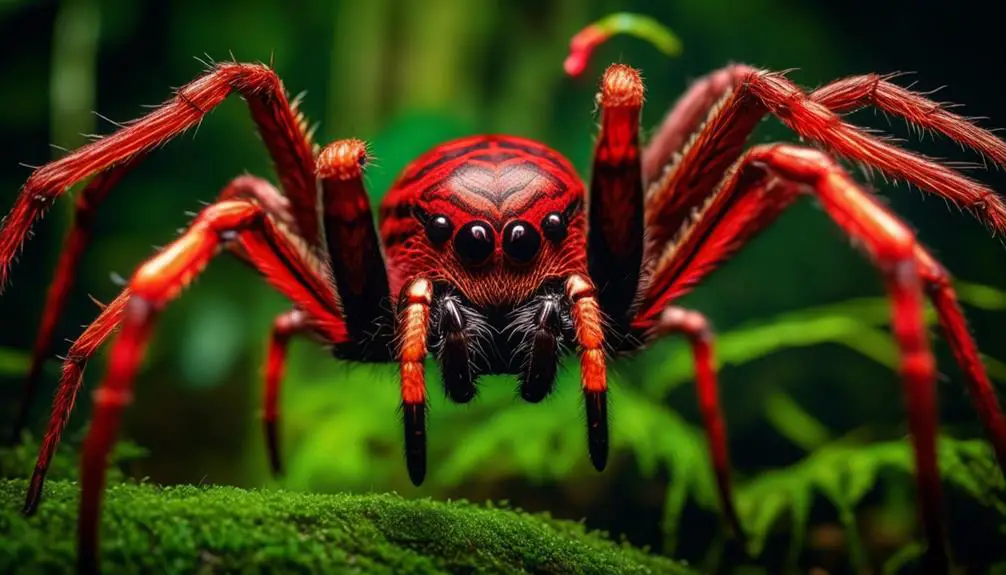INVERTEBRATES
Invertebrates, which comprise the majority of invertebrate species, are a diverse group of animals characterized by the absence of a backbone or vertebral column. Invertebrate classification is a complex task, with numerous phyla, including arthropods, mollusks, echinoderms, annelids, cnidarians, platyhelminthes, nematodes, porifera, bryozoans, and brachiopods, each exhibiting unique invertebrate characteristics.
Invertebrate biology is fascinating, with a wide range of body structures, from the simple, porous bodies of porifera to the complex, segmented bodies of arthropods. Invertebrate diversity is astounding, with species found in almost every habitat, from the deepest oceans to the highest mountains.
Invertebrate evolution has led to the development of remarkable adaptations, such as the venomous stingers of cnidarians and the hard, calcified shells of mollusks. Invertebrate anatomy varies greatly, with different groups exhibiting distinct body forms, such as the radial symmetry of echinoderms and the bilateral symmetry of arthropods.
Invertebrate behavior is equally diverse, with species exhibiting complex social behaviors, such as those found in insect colonies, and simple, solitary behaviors, such as those found in many mollusks. Invertebrate ecology plays a crucial role in shaping ecosystems, with many species serving as predators, prey, or decomposers.
The invertebrate fossil record provides valuable insights into the evolution of life on Earth, with fossilized remains dating back hundreds of millions of years. Invertebrate identification is a challenging task, requiring expertise in taxonomy and anatomy.
Conservation of invertebrate species is essential, as many face threats from habitat destruction, climate change, and human activities. Invertebrate importance cannot be overstated, with many species providing ecosystem services, such as pollination and pest control, and serving as indicators of environmental health.
This category provides a comprehensive overview of invertebrates, covering their biology, diversity, evolution, habitats, importance, and conservation. Explore the fascinating world of invertebrates, from the familiar, such as insects and spiders, to the lesser-known, such as bryozoans and brachiopods.








